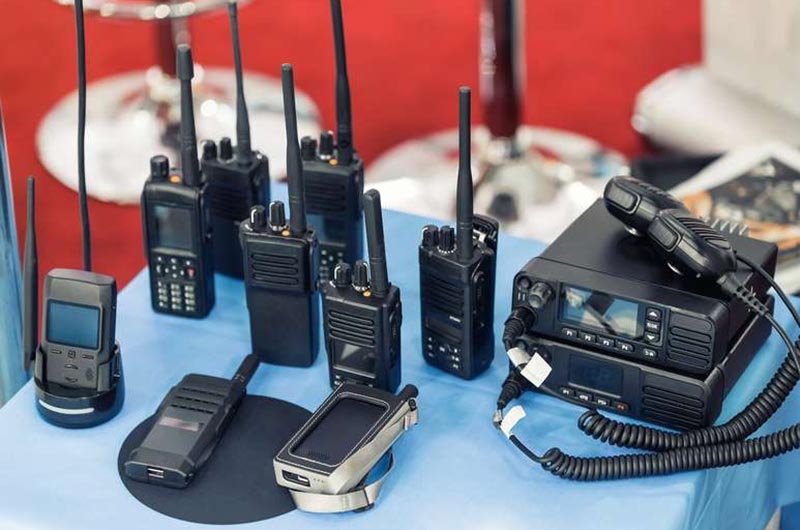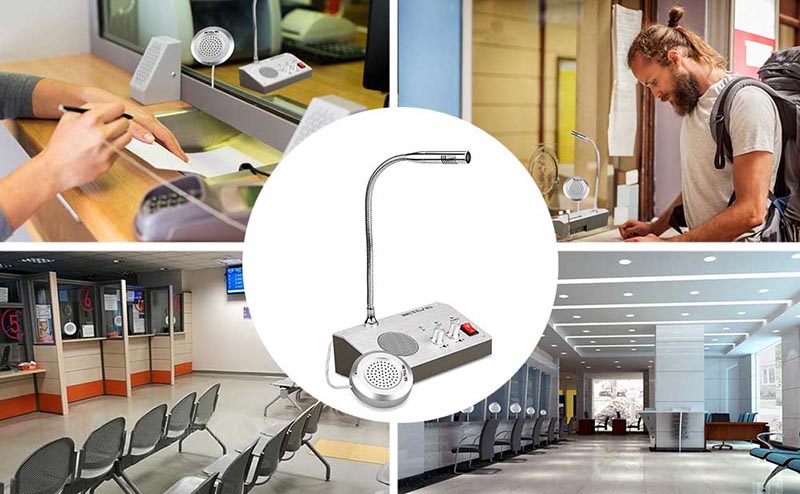Radio Audio Broadcasting Industry Applications And Manufacturing Considerations
Wireless broadcasting system is a kind of equipment which transmits broadcasting by wireless transmission. It has the characteristics of no pole and wire, wide coverage, unlimited expansion, easy installation and maintenance, and beautiful and clear sound quality. Intelligent FM broadcasting system is composed of front-end audio input system, FM transmitting system and terminal receiving equipment system. The use of a radio frequency, the use of audio carriers other than sub-carriers to transmit coded control signals, no need to apply for control frequency, not only to save frequency resources, but also to achieve the control of the terminal point, and improve the stability and reliability of the wireless broadcast system. With its characteristics of “high quality, economy, stability and practicality”, the digital intelligent broadcasting system can be widely used in radio stations, public broadcasting systems and other audio broadcasting to realize broadcasting management, meetings, notice broadcasting and emergency broadcasting in case of emergency. As an electronic manufacturing plant producing radio audio broadcasting equipment, there are several special requirements and considerations to keep in mind.

First, when producing electronic components for radio and audio broadcasting equipment, it is important to ensure that these components are of high quality and meet industry standards. This is because any defects or failures in the electronic components can affect the quality of the audio signal and result in poor performance of the equipment.
Second, the frequency range and transmission power of the wireless radio audio broadcasting equipment must be considered. The frequency range should be carefully selected to avoid interference with other wireless devices, while the transmission power should be optimized to ensure that the audio signal can be transmitted over a sufficient distance without being distorted.
Third, the power and energy efficiency of the radio and audio broadcasting equipment must be considered. This is because the equipment may need to operate for long periods of time without power, and any inefficiencies or power wastage will affect the performance and life of the equipment.
Fourth, it is important to consider the user interface and usability of the radio and audio broadcast equipment. This includes designing intuitive controls and interfaces that are easy to use, as well as ensuring that the equipment is rugged enough to withstand frequent use and handling.

Finally, it is important to ensure that the radio audio broadcast equipment meets all relevant safety and regulatory requirements. This includes complying with industry standards and regulations, as well as ensuring that the equipment is safe for use and does not pose any risk to users or the environment.
In summary, producing high-quality radio and audio broadcast equipment requires careful attention to detail and adherence to industry standards and best practices. By taking into account the special requirements and considerations mentioned above, electronics manufacturers can produce equipment that provides high quality audio performance, is energy efficient, user friendly, and meets all relevant safety and regulatory requirements. Tortai has extensive experience in the production of radio broadcasting equipment and can offer customers more personalized and professional advice, so if you have a need in this area, please contact us today. We will be happy to assist you.



